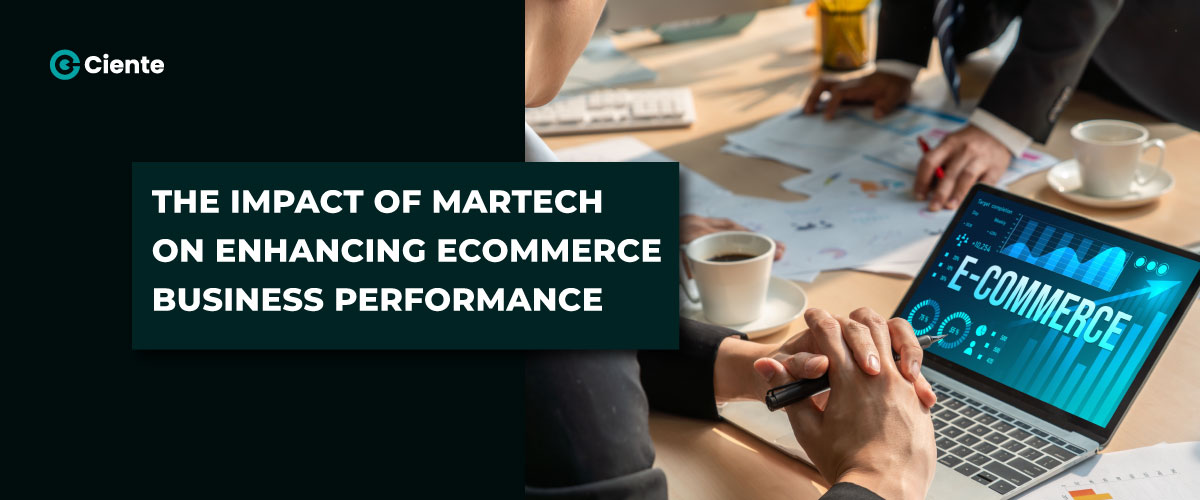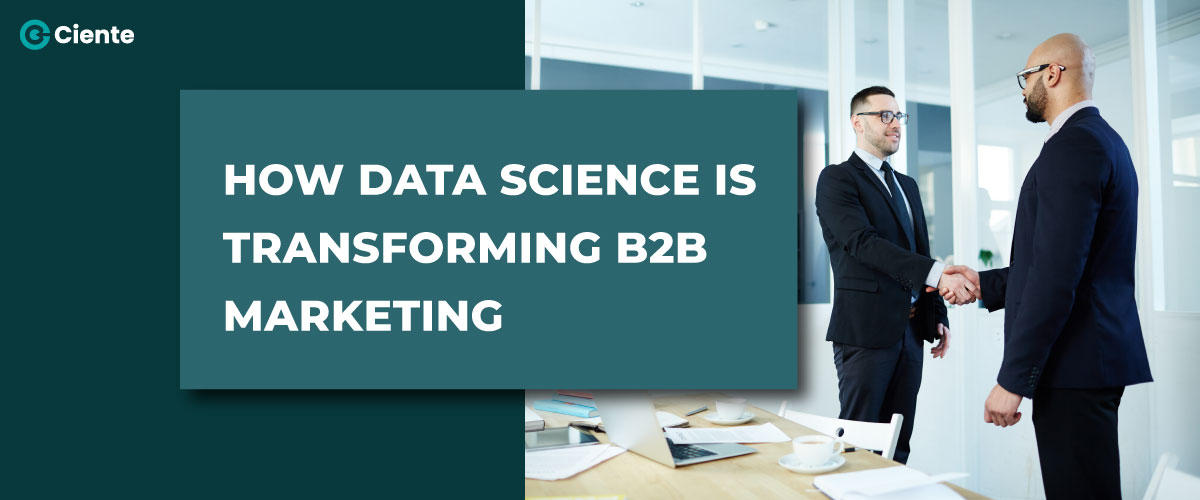
7 Email Personalization Strategies That Go Beyond a Name
Consumers are now in control and expect relevant, personalized content

Consumers are now in control and expect relevant, personalized content

Cloud-native apps enable fast adaptation and scalability, unlike traditional software

From retargeting to exit pop-ups, MarTech’s role in e-commerce is

Dive into the pivotal impact of data science on B2B

Discover the latest influencer marketing trends to watch out for